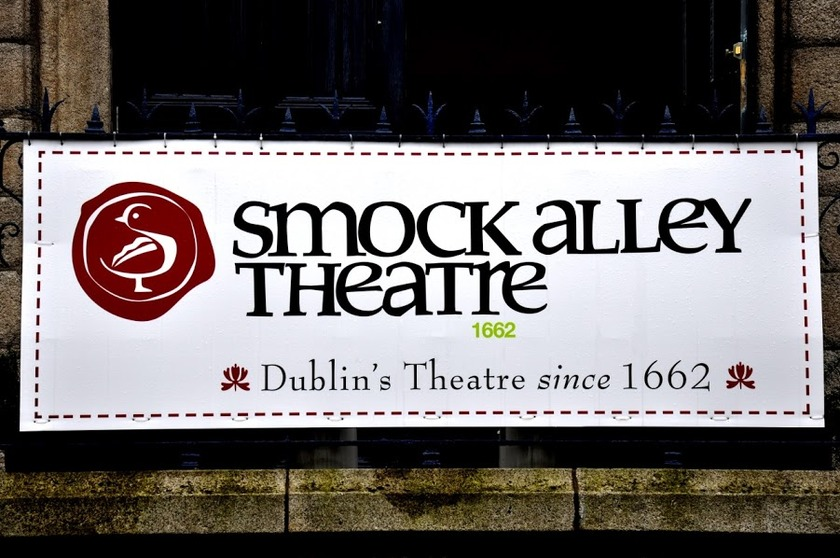Smock Alley Theatre and the Kelly Riots of 1747
This year’s Dublin Theatre Festival, showcasing the best of Irish and international theatre, is running until 12 October across 19 venues across the city. One of these venues is the wonderful and atmospheric Smock Alley Theatre which dates from 1662 - the first custom-built theatre in the city and the first Theatre Royale outside London.
With such a long and illustrious history, it’s not surprising that Smock Alley has been the site of much drama onstage and off. Perhaps the most infamous event is the Kelly riots or ‘Gentlemen’s Quarrel’. The Kelly Riots were a response to Smock Alley’s manager Thomas Sheridan curtailing of what was know as ‘the freedom of the scenes’ which allowed ‘gentlemen’ free run of the backstage area, during performances. A man identified as E. Kelly from the West thought himself equally free to carouse backstage as the other ‘Gentlemen’ and attempted to molest the actress Harriet Dyer, threatening that he would ‘do what her husband Mr. Dyer had done to her’. When confronted by one of the dressers, Ann Banford, he ‘us’d her with great indecency’ and ‘swore that wou’d have carnal knowledge of one of them between the scenes’. Ann’s intervention enabled Dyer and fellow actress George Ann Bellamy to take refuge in a nearby dressing room.
The women demanded that Thomas Sheridan remove Kelly from the backstage area with the threat that they would not leave the room and perform should he remain. Sheridan initially refused but, Sheridan writes, as the women ‘open’d the Door the Gentlemen pour’d out such a Volley of execreble Oaths, abusive Names, and obscene Expressions, as were hardly ever utter’d from any Mouth in so short a space’. Dyer and Bellamy returned to the dressing room and eventually Sheridan had Kelly forcibly removed by constables. Doubly enraging for Kelly was that it was later argued whether or not Sheridan was ‘as good a gentleman’ as he. The ‘freedom of the scenes’ had been revoked.
The stage was set for a series of confrontations and disturbances between Sheridan, the urbane theatre manager often perceived as a lackey of the Protestant gentry that composed a large proportion of his audience and income; and those who took Kelly’s side - hailing from the rural counties, and identified with the native Catholic interest. The event became a narrative in which English ‘civility’ faced Irish ‘barbarity’ and a tussle about who could or could not legitimately be called a ‘Gentlemen’.
The Gentlemen’s Quarrel may have been about class but it was fought through the possession of women, as sexual playthings and as employees. When Dyer and Bellamy refused to leave the room and submit to Kelly, their bargaining with Sheridan could be seen as a form of negotiation between employee and management about safety in the workplace. Their value for Sheridan was grounded in their work onstage and the furore the Quarrel provoked had repercussions, not just for the working life of actresses, but for how women would later carve a space for themselves in the theatre as performers and spectators.
So, if you are lucky enough to catch one of the plays in Smock Alley during the Dublin Theatre Festival - grab a drink at the bar afterwards and raise a glass to Harriet Dyer, George Ann Bellamy and Ann Banford.
Read about other renowned actress of the Irish stage - Sara Allgood and Molly Allgood.
What’s on in Smock Alley? Find out here.
Niamh McGarry

